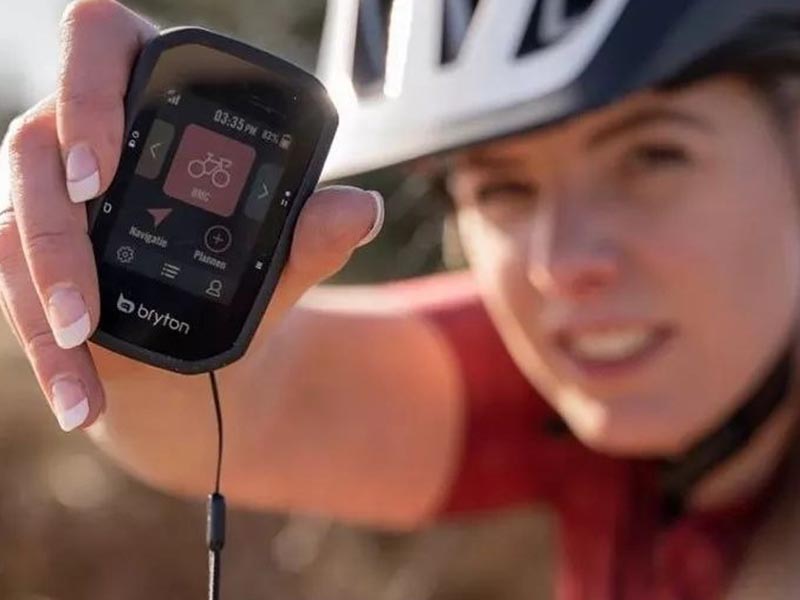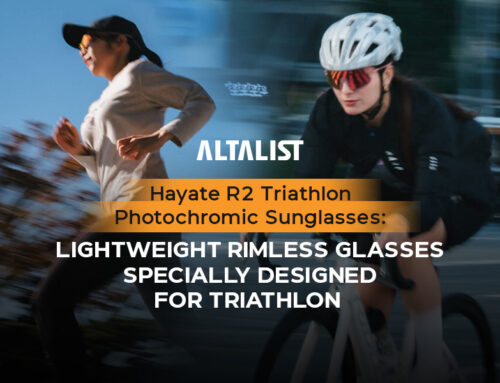Ever wondered if those fancy gadgets mounted on handlebars are just for serious cyclists? Think again! Cycling computers, also known as bicycle GPS units, bicycle cyclometers have been around for about 20 years, and offer a surprising range of benefits for riders of all levels.
But with so many options available, how do you know if you need a bike computer, and if so, which one might be right for you? Hope this article helps you make the best decision for yourself, let’s take a look!
Cycling Computers: Must-Have or Nice-to-Have?

You may think you have high speech on your smartphone, so why do you still need a cycling computer?
However, when it comes to functioning as a cycling computer, smartphones fall short. While they can house useful cycling apps, they struggle in critical areas during rides. Battery life, waterproofing, durability, cold weather performance, screen visibility, GPS reliability, and even cost can all be drawbacks when relying solely on a smartphone.
The Benefits of Cycling Computers

While smartphones can track basic metrics like distance and speed, cycling computers provide a dedicated, streamlined experience with several advantages:
1. Deeper Data Analysis & Performance Tracking
Cycling computers go beyond the basics. They can track metrics like cadence (pedal strokes per minute), elevation gain/loss, power output (with additional sensors), and even heart rate (with a compatible heart rate monitor). This data allows you to analyze your performance, identify areas for improvement, and monitor progress over time.
2. Detailed Maps and Navigation
Get lost? Not with a cycling computer! Many models offer built-in GPS with turn-by-turn navigation.
Cycling computers provide turn-by-turn directions and can help you discover new routes or find your way back home with ease. Unlike smartphones, cycling computers are designed to be easily readable in direct sunlight and resistant to harsh weather conditions.
3. Enhanced Health Tracking
Cycling is enjoyable, but some cyclists push themselves too hard, which can be dangerous and, at worst, lead to fainting. Cycling computers can work seamlessly with heart rate monitors to track your exertion levels and provide insights into your fitness.
A heart rate monitoring can warn you of overexertion and guide your pacing, ensuring you ride safely and efficiently. Power meters track the actual force you put into pedaling, giving a more accurate measure of exertion than terrain or wind resistance.
Finally, calorie tracking helps you manage weight loss goals or optimize training by showing how much energy you burn.
4. Improved Safety and Communication
High-end cycling computers go beyond basic metrics to elevate your safety on the road. They integrate seamlessly with compatible smart taillights and radar systems.
Imagine your taillight automatically getting brighter when you brake, or radar warning you of approaching vehicles from behind–displayed on your cycling computer. Additionally, ANT+ connectivity allows pairing with bicycle helmets equipped with LED lights, further enhancing your nighttime visibility.
5. Social Media Connectivity
Feeling social? Some advanced cycling computers integrate with social media platforms, allowing you to share your rides and achievements with friends and followers. They can also sync with apps like Strava (physical exercise tracker) for community challenges and competitions.
How to Choosing the Right Cycling Computer

There are many bike computer options available today. Consider the following factors to find the perfect cycling computer for you.
1. User-Friendly Interface
A clear and easy-to-navigate display is crucial, especially for beginners. Choose a device with an intuitive interface and easy-to-read display. Touchscreens can be convenient, but make sure they are responsive even with gloves on or in wet conditions.
2. Durability
Cycling computers face the elements. A cycling computer should be robust enough to withstand rough rides and adverse weather. Look for devices with high durability ratings water-resistant and can withstand bumps and vibrations.
3. Battery Life
Consider the battery life because nobody wants a dead computer mid-ride, especially if you plan on long rides. Some devices offer extended battery life or have options for external battery packs.
4. Features & Connectivity
Decide which and evaluate the features you need, such as GPS navigation, heart rate monitoring, and power meter compatibility. Check for connectivity options like Bluetooth and ANT+ to ensure it can sync with other devices and apps.
5. Mounting & Compatibility
Ensure the computer comes with a secure mounting bracket compatible with your handlebars. Check sensor compatibility if you plan on using additional accessories.
6. Budget
Cycling computers range from basic wired models to feature-packed GPS units. Cycling computers come in a wide price range. Set a budget that aligns with your needs and find a device that offers the best value for your money.
- Entry to Mid-Range: For beginner or casual cyclists features such as speed, distance, and basic navigation are good. But if you need to seek more data and occasional navigation, mid-range GPS computers offer features like cadence tracking, elevation data, and basic maps.
- High-End: Serious cyclists and data enthusiasts will appreciate high-end GPS computers packed with advanced training metrics, detailed maps, performance analysis tools, and even phone integration.
So, If You Are Asking, Is It The Right Time To Invest In A Cycling Computer?
The answer is absolutely yes if you want to significantly enhance your riding experience. A cycling computer can provide valuable insights into your performance, ensure your safety, and even connect you with a community of fellow cyclists.
Whether you’re a beginner or a seasoned rider, there’s a cycling computer out there to meet your needs and budget.
Ready to upgrade your cycling experience? Visit RODALINK Singapore to explore a wide range of cycling computer and find the perfect one for your rides. Transform your cycling adventures with the right technology today!




